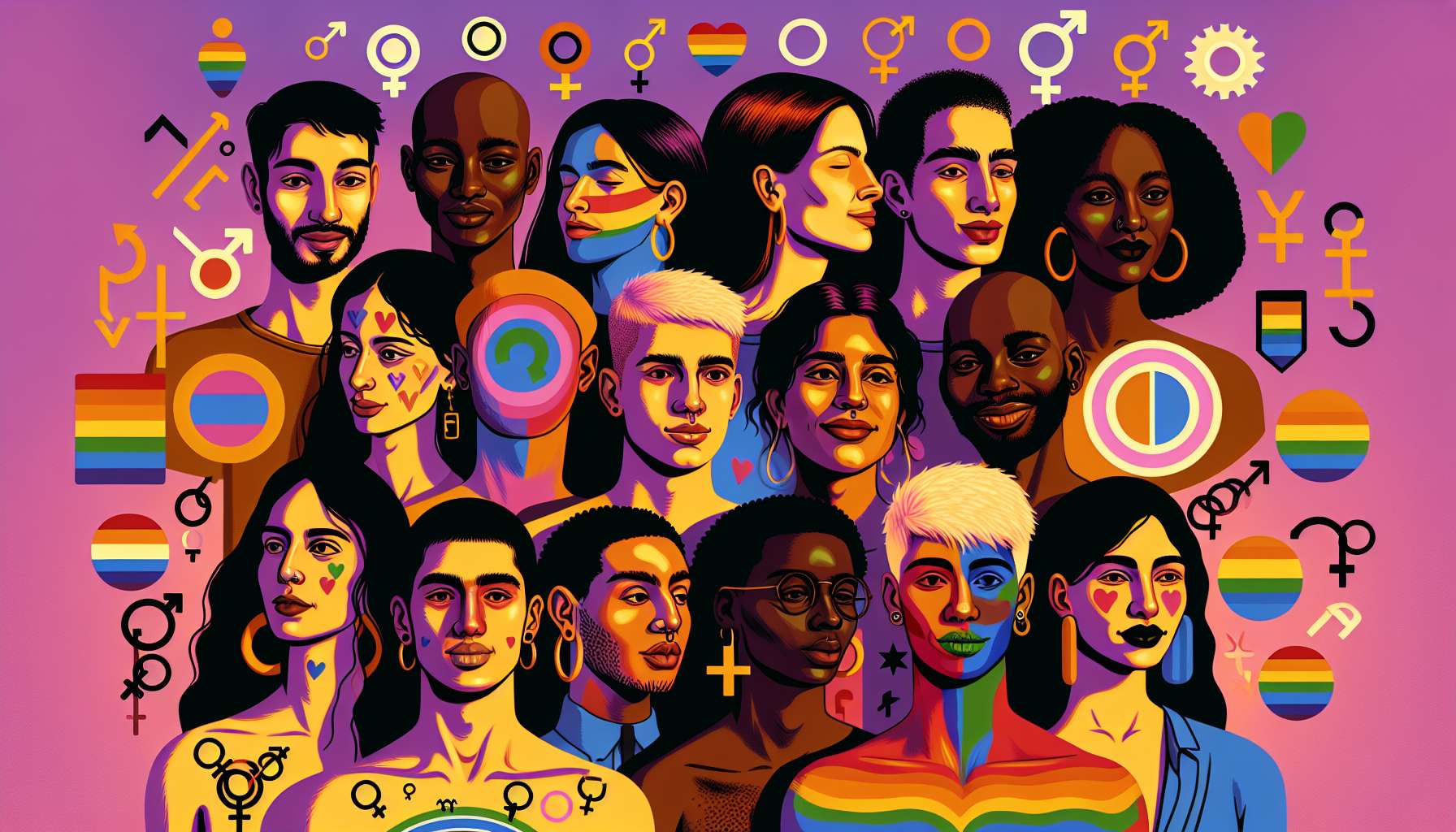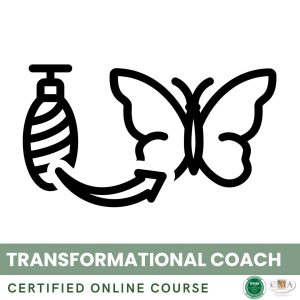Non-binary individuals are a growing and increasingly visible part of the LGBTQ+ community. The term “non-binary” refers to individuals whose gender identity does not fit into the male/female binary. This includes a wide range of identities such as genderqueer, genderfluid, agender, bigender, neutrois, etc. Each non-binary individual has their unique way of defining and expressing their gender.
Contrary to a common misunderstanding, being non-binary does not necessarily mean being “between” the male and female poles. Some non-binary people partially identify with masculinity or femininity, while others have a completely different feel outside of these categories. As artist Alok Vaid-Menon explains, “being non-binary is not a third gender identity. It is a questioning of the very logic of gender“.
The emergence of non-binary identities is inextricably linked to feminist and queer movements that, since the 1970s, denounce gender as a system of power and normalization. Authors such as Monique Wittig or Judith Butler have theorized gender as a social construct, paving the way for a deconstruction of binary categories. Following these reflections, non-binary activists like Kate Bornstein or Leslie Feinberg have asserted the legitimacy of their identity and claimed their right to self-determination.
Today, the visibility of non-binary people is increasing in many areas. In popular culture, series like “Transparent” or “Billions” feature non-binary characters. Celebrities like Demi Lovato or Sam Smith have come out as non-binary, helping to raise awareness among the general public. On social media, the hashtags nonbinary and enby (short for “NB”, pronounced like the letter “N”) create spaces for sharing and pride.
However, non-binary people still face many challenges. Non-binarity is still largely unknown and invisible, even within LGBTQ+ communities. Non-binary individuals struggle to be recognized and gendered correctly, whether in their interpersonal relationships or in their administrative procedures. Access to appropriate healthcare, especially for transitioning non-binary individuals, is a crucial issue. On a legal level, the recognition of a neutral gender or a third gender remains a battle in many countries.
In response to these obstacles, non-binary individuals are organizing and creating their own spaces and resources. International Non-Binary Visibility Day, celebrated on July 14, is an opportunity to raise awareness among the general public and strengthen solidarity within the community. Associations like Nonbinary UK offer discussion groups and resources for non-binary individuals and their allies. Artistic and cultural projects, like Maëlle Gauthier‘s performance, “Gender Euphoria“, explore the beauty and complexity of non-binary identities.
As an LGBTQ+ coach, it is essential to train on the specific issues of non-binary individuals to better welcome and support them. This involves deconstructing gender binarity in one’s language and posture, using the right pronouns (often neutral ones like “they”), and not making assumptions about a person’s identity or gender expression. It is also about knowing how to guide them towards relevant resources, such as the guide “Coming Out as Non-Binary” by Micah R. or the site nonbinary.wiki which offers information and testimonials. The goal is to create a safe and benevolent space where every non-binary person can explore and reaffirm their identity in an authentic way.
Key Takeaways:
– The term “non-binary” refers to individuals whose gender identity does not fit into the male/female binary. It encompasses a wide range of identities such as genderqueer, genderfluid, agender, bigender, neutrois, etc.
– Being non-binary does not necessarily mean being “between” male and female. Some non-binary people partially identify with these categories, while others have a completely different feel.
– The emergence of non-binary identities is linked to feminist and queer movements that have denounced gender as a social construct and a system of power.
– The visibility of non-binary people is increasing in popular culture, social media, and the media. However, they continue to face many challenges: lack of recognition, administrative difficulties, limited access to care, etc.
– Non-binary people are organizing through events like the International Non-Binary Visibility Day, associations, online resources, and artistic projects.
– As an LGBTQ+ coach, it is important to train on the issues of non-binary individuals, to deconstruct binarity in practice, and to guide towards relevant resources to create a welcoming and caring space.
👉 To download docx (Editable) file click here : Click here
👉 To download PDF file click here : Click here
👉 To download MP3 file click here : Click here







